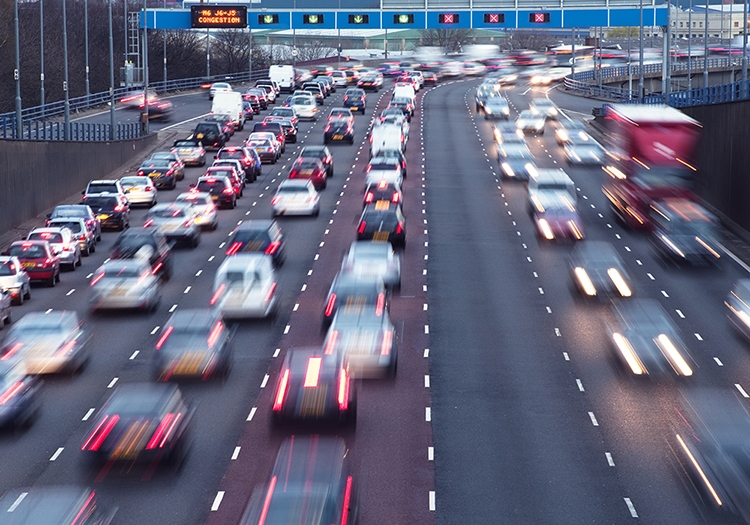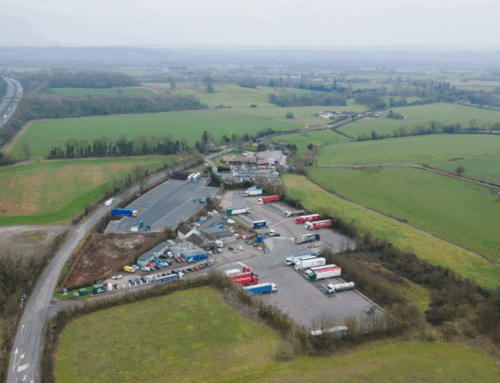If so, then your drivers, other road users, members of the public, and even your organisation and its senior management are all exposed to something called Work-Related Road Risk which you need to manage.
What is Work-Related Road Risk?
At its simplest, it is the risk that one of your employees could be involved in a crash while driving for work purposes, with the potential of injury to the driver, passenger or other road users.
It comes under Health and Safety at Work legislation and so you have a legal duty to manage it properly, ensuring that your work practices don’t unwittingly endanger your drivers and, when they are behind the wheel, your employees don’t endanger other people.
The problem is that many business owners don’t realise what needs to be done, while others fail to allocate resources to managing it. According to research by the RAC Business Club, 85% of those with fleet responsibility in SME’s spend just 5 hours per week or less managing it, while trying to balance other important job responsibilities. Many struggle to cope with the stressful demands of this mixture of roles, and a lack of expertise in fleet management can mean key requirements aren’t met.
Here are 5 important things you should be doing:
1. A risk assessment of your ‘driving at work’ activities
The Management of Health and Safety at Work Regulations 1999 requires all employers to carry out an assessment of the risks posed to employees by their work activities, as well as the risks those activities may pose to others outside the business. After conducting the risk assessment, the business must put a plan in place to minimise the risks found.
2. Write a ‘safe driving’ policy
The plan to reduce risks should involve setting rules and standards of driving that you expect your drivers to follow. These should be set out in a Safe Driving Policy that is then communicated to all drivers. Managers should also be trained on the ramifications of the risks, and their own responsibilities to manage their teams’ driving activities.
3. Checking all driving licences
The law states a company must take all ‘reasonably practicable’ measure to reduce risk. One of the key risks is that you could ask an employee to make a business journey when they are ineligible to do so you must check every driver’s licence, including those who use their own cars for business journeys. The Health and Safety Executive states that employers should check driving licences at recruitment and periodically thereafter – typically at least once a year.
4. Checking ‘grey fleet’ vehicles
Your Grey Fleet is made of the drivers who use their own vehicles for business journeys. As an employer you still have a responsibility to ensure these vehicles are being legally used when they are on a business journey. This means they need to well-maintained and road worthy. The average age of a grey fleet car is over 8 years old and yet nearly 40% of cars over three years old fail their MOT and have to be fixed and retested. Similarly almost 30% of tyres are already illegal when they are changed. The motor insurance policy for the vehicle MUST also include business use. Private motor insurance usually only covers the driver to commute to one main place of work.
5. Measuring and monitoring vehicle damage
Employers are legally bound to manage their work-related road risk but if you aren’t measuring and monitoring what is happening to your drivers and vehicles, then you aren’t managing it. Monitoring collisions and damage, and measuring the costs will also highlight how much this issue could be disrupting your business and profits, and show you where significant saving can be made if policies and procedures are improved.
Make sure you join our network to get full access to our updates, articles and invitations to free events.
Sign up on the home page.





